Thuja ID
Mcpotts
10 years ago
Related Stories
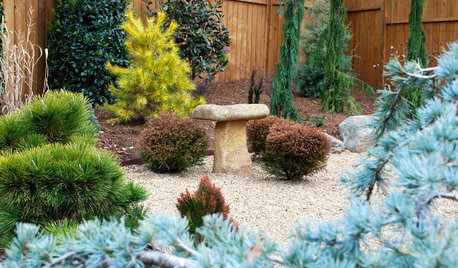
GARDENING GUIDESGreat Design Plant: Thuja Occidentalis ‘Bobozam’
Sculptural, diminutive and low maintenance, Mr. Bowling Ball arborvitae works hard in small spaces
Full Story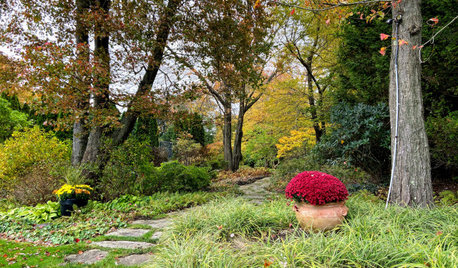
GARDENING GUIDES4 Elements of a Stunning Fall Garden
Late summer is a good time to look beyond trees to create an autumn landscape that draws the eye and stirs the soul
Full Story
LANDSCAPE DESIGNFront-Yard Makeover Ideas With Mojo
Make a statement in your front landscape with one of these standout styles
Full Story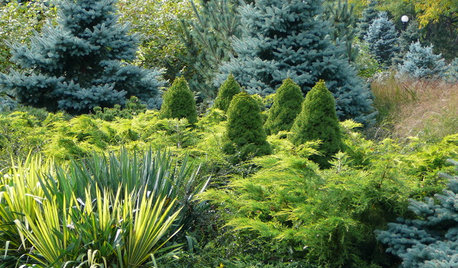
PLANTING IDEASDesigning With Conifers: Layers of Texture for Your Garden
Sharp and prickly or fine like ferns, richly textured conifers bring unexpected interest to the landscape
Full Story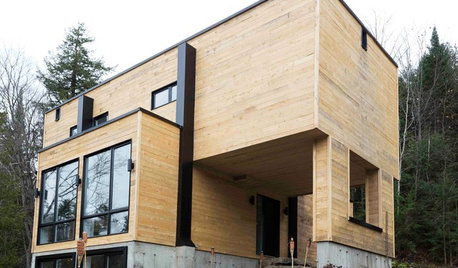
ARCHITECTUREHouzz Tour: Shipping Containers Make for an Unusual Home
Recycling hits the big time as a general contractor turns 4 metal boxes into a decidedly different living space
Full Story
GARDENING AND LANDSCAPINGGrow a Lush Privacy Screen
No need to wait forever for patio privacy the green way. These 10 ideas will get your screening up and running in no time
Full Story
GARDENING GUIDES7 New Plants to Grow for Beautiful Foliage
Add color, structure and interest to your garden with these recently introduced plants that sport exceptional foliage
Full Story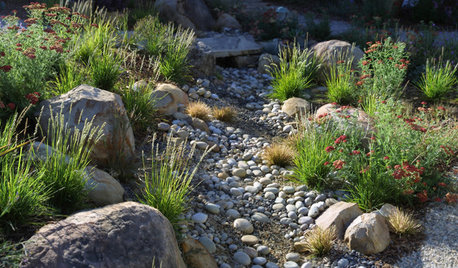
LANDSCAPE DESIGNHow to Design Your Landscape to Slow Down Water
Putting the brakes on stormwater runoff is the first step in sustainable water design
Full Story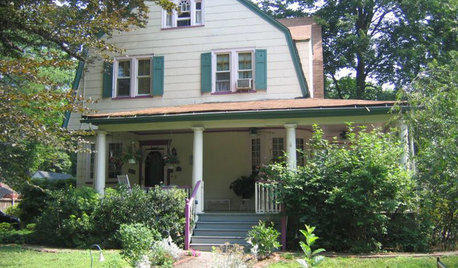
EXTERIORS13 Dramatic Exterior Paint Makeovers by Houzzers
See real-life before and afters of home fronts transformed with paint, in wide-ranging colors and styles
Full Story
SIDE YARD IDEASNarrow Trees for Tight Garden Spaces
Boost interest in a side yard or another space-challenged area with the fragrance and color of these columnar trees
Full Story





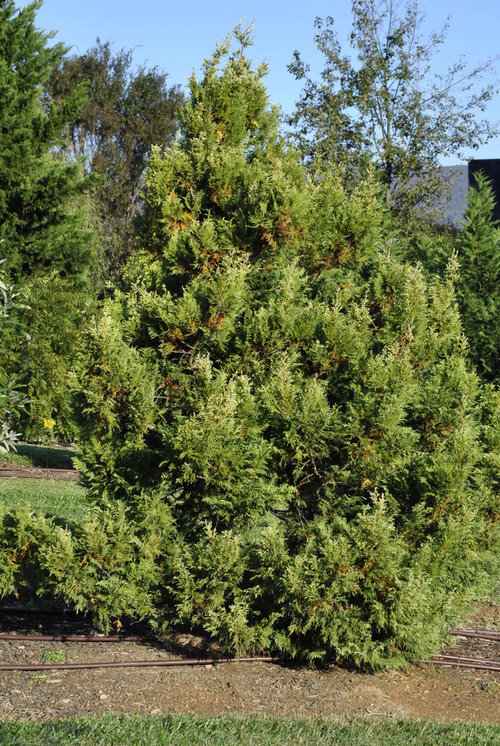




ken_adrian Adrian MI cold Z5
gardener365
Related Professionals
New Bedford Landscape Architects & Landscape Designers · Oatfield Landscape Architects & Landscape Designers · Saint Louis Park Landscape Architects & Landscape Designers · Newcastle Landscape Architects & Landscape Designers · Jackson Landscape Contractors · Azalea Park Landscape Contractors · Biloxi Landscape Contractors · Cambridge Landscape Contractors · Edwardsville Landscape Contractors · Hoffman Estates Landscape Contractors · Lakeville Landscape Contractors · Pacifica Landscape Contractors · Pleasant Grove Landscape Contractors · West Chester Landscape Contractors · Westchester Landscape Contractorspineresin
Embothrium
McpottsOriginal Author
Embothrium
botann
Embothrium
botann
coniferjoy
coxarb
coniferjoy
Embothrium
Mitya
Mitya
coniferjoy
Mitya
coniferjoy
Mitya
coniferjoy
pvmaeurope
pvmaeurope
pvmaeurope